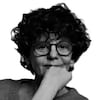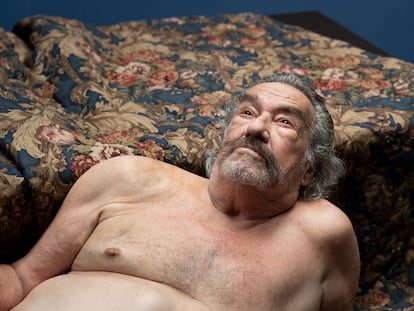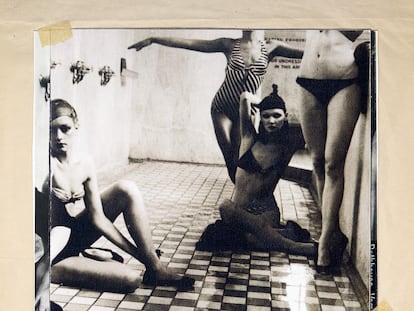From Holland to Bulgaria, images of communism’s extremes
In her latest photobook, Bulgarian visual narrator Hristina Tasheva explores the meaning of utopias and their drift
Born in communist Bulgaria, in 2001 Hristina Tasheva arrived as an undocumented immigrant in the Netherlands. She left her country with the idea that she’d earn a little money and return to start a new life in her homeland. One day, a Dutch citizen asked her: “Are you a communist?” The young woman didn’t know what to think of the question. Was it a reproach or approval? Today, the author has her Dutch nationality, but from that misunderstanding, a publication was born: Far Away From Home: The Voices, the Body and the Periphery, a timely and compelling visual inquiry into the meaning of ideological utopias and their drift; concepts as necessary for rebellion against the present as they are constant in their failures of development.
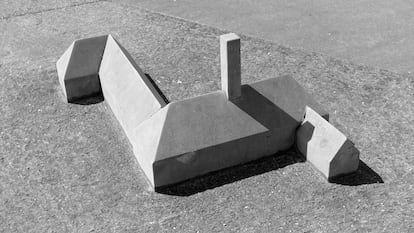
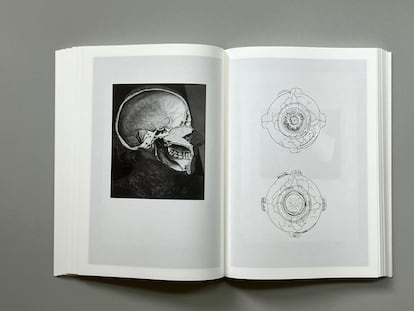
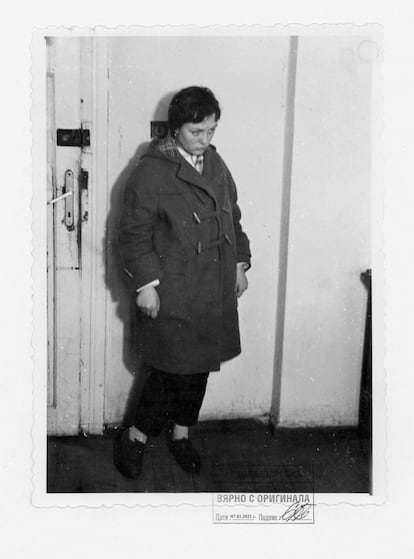
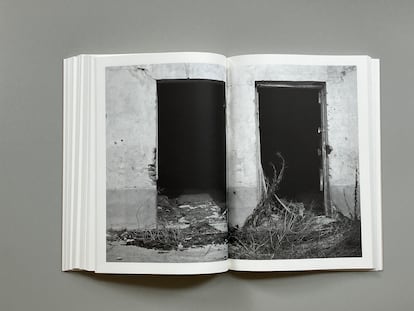
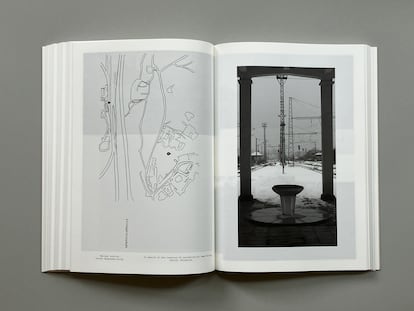

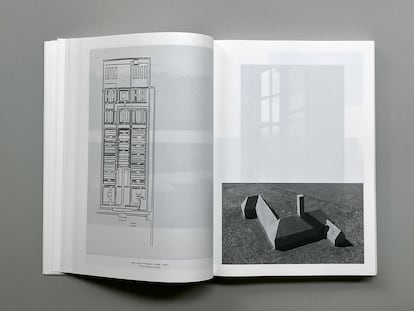

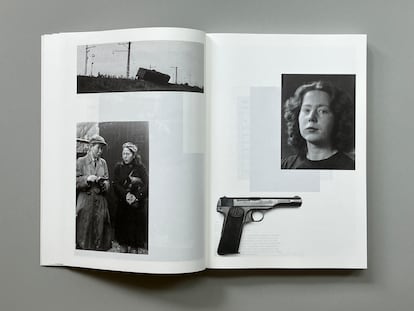
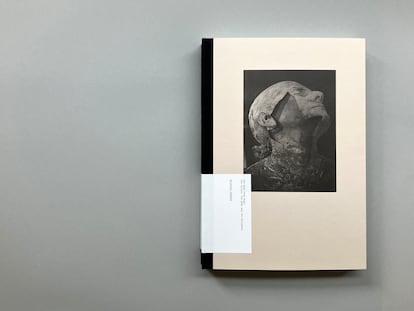
“All utopias are depressing because they leave no room for chance, for difference, for the ‘miscellaneous.’ Everything has been set in order and order reigns. Behind every utopia there is always some great taxonomic design: a place for each thing and each thing in its place,” writes Georges Perec. This is one of the quotations in which Tasheva finds meaning, having based her research on the communist resistance in Holland and its persecution during the Nazi occupation, as well as on the criminal acts committed by the Bulgarian communist government after World War II, forces that lend shape to the exhaustive Far Away From Home. Over four years, Tasheva would visit the Nazi labor and extermination camps in Germany, France and Poland and, with much more difficulty, try to locate the remains and exact locations of the communist concentration camps in her own country, of which hardly anyone speaks. She tries to answer a question that never leaves her head: How do they see me, as a victim (resistance fighter) or a perpetrator? What do they think of me?
With a clean and simple design, which places emphasis on the book’s content, the voluminous publication is structured by historic archives, collages, drawings and photographs taken by Tasheva, as well as different kinds of texts, written testimony and extensive indexes against a white background, lists that lend a certain cryptic tone to the whole, and warn of the many layers and interpretations to which the story lends itself. The figure of Marinus van der Lubbe, a Dutch columnist who was guillotined in 1933 after setting fire to the Reichstag, introduces the reader to the twists and turns of the story. The fire, whose true authorship remains in doubt, precipitated the rise to power of Adolf Hitler, who took advantage of the event to spread fear of a possible communist revolution. Among the accused was also the Bulgarian Georgi Dimitrov, general secretary of the Communist International (Komintern), who later became the first head of the government of the People’s Republic of Bulgaria. An image in which the two militants appear, their two disparate personalities in front of the Leipzig court, serves as a connective point for the story’s two opposing sides.

The photographer’s gaze remains neutral and aseptic in the black and white images that shape the publication. She dispenses with all figurative representation in order to focus on the space itself, on the sensations produced by traversing these extermination camps and monuments, and on the collective and individual memory that each contains. Likewise, she incorporates drawings made to scale in order to offer the most accurate representation possible of what it was like to live in these places.
“How to transcend evil without being taken as the embodiment of good,” posits the author in the second section of the book, where she introduces a series of collages made with what many consider the single best book of anatomy drawings, Atlas of Topography and Applied Human Anatomy. Made by the University of Vienna’s rector and dean of its medical school Eduard Pernkopf during the Third Reich, with the bodies of prisoners who were executed in the concentration camps, its reprinting was banned in 1994. Far Away From Home’s collages also incorporate its author’s self-portraits. In these images, Tasheva covers her head with mud in order to achieve a sculptural effect, similar to the death mask made by prisoners who worked in the morgues, in an effort to preserve the memory of their comrades. It’s an approach that at the same time evokes an effect of emptying; of the forgotten, or manipulated.

The book’s cover is illustrated with one of these collages, and serves as metaphor of the two contrasting faces that can coexist in a single personality. In the same way, the author’s family archives compose the last section of the photobook. “I wanted to find out if my relatives had been victims or perpetrators, or just what we call normal people,” explains the author during a telephone conversation. “It’s a distinction that has always been extremely interesting to me, as I am very interested in the ambiguity of human nature. How the same person, in different circumstances, can be the victim or the perpetrator. It is easy to judge and identity with the forces of good when you are in a position of comfort. The line that separates evil from good, at times, can be very thin.”
Far Away From Home: The Voices, the Body and the Periphery is an attempt at understanding our own history through the history of others. A book about memory that leaves us with several questions: “What is the common ground of ideologies like communism and National Socialism and what is their significance for the ‘average’ citizen of Europe? How do different societies organize their memory culture and are they able to bring it into a critical perspective?” asks the author.
A Primo Levi quotation reminds us that: “Perhaps one cannot, what is more one must not, understand what happened, because to understand is almost to justify. If understanding is impossible, knowing is imperative, because what happened could happen again. Consciences can be seduced and obscured again — even our consciences.”
‘Far Away From Home: The Voices, the Body and the Periphery.’ Hristina Tasheva. Self-published. 459 pages. $76.
Sign up for our weekly newsletter to get more English-language news coverage from EL PAÍS USA Edition
Tu suscripción se está usando en otro dispositivo
¿Quieres añadir otro usuario a tu suscripción?
Si continúas leyendo en este dispositivo, no se podrá leer en el otro.
FlechaTu suscripción se está usando en otro dispositivo y solo puedes acceder a EL PAÍS desde un dispositivo a la vez.
Si quieres compartir tu cuenta, cambia tu suscripción a la modalidad Premium, así podrás añadir otro usuario. Cada uno accederá con su propia cuenta de email, lo que os permitirá personalizar vuestra experiencia en EL PAÍS.
¿Tienes una suscripción de empresa? Accede aquí para contratar más cuentas.
En el caso de no saber quién está usando tu cuenta, te recomendamos cambiar tu contraseña aquí.
Si decides continuar compartiendo tu cuenta, este mensaje se mostrará en tu dispositivo y en el de la otra persona que está usando tu cuenta de forma indefinida, afectando a tu experiencia de lectura. Puedes consultar aquí los términos y condiciones de la suscripción digital.
More information
Archived In
Últimas noticias
Most viewed
- Reinhard Genzel, Nobel laureate in physics: ‘One-minute videos will never give you the truth’
- Oona Chaplin: ‘I told James Cameron that I was living in a treehouse and starting a permaculture project with a friend’
- Pablo Escobar’s hippos: A serious environmental problem, 40 years on
- Chevy Chase, the beloved comedian who was a monster off camera: ‘Not everyone hated him, just the people who’ve worked with him’
- Why we lost the habit of sleeping in two segments and how that changed our sense of time
